Research Areas
Researchers at UC San Diego are at the forefront of many exciting fields of astronomy and astrophysics, ranging from the Solar System to the nearest stars to the very beginnings of the Universe. Our work is carried out through observational, instrumental, theoretical, and numerical methods, using the most advanced facilities on and off the planet.
Cosmology
UC San Diego researchers investigate the origins of the universe with cutting-edge theoretical studies; by developing advanced technologies and building new instrumentation to study the cosmic microwave background; through exploration of big bang nucleosynthesis; and via observations of quasar absorption line systems. Theoretical researchers examine the link between advanced physics (quantum field theory, string theory) and the early formation and evolution of the Universe. High-performance cosmological simulations are used to examine these theories and predict observational tests, including understanding the elusive nature of dark matter and dark energy.
Faculty: Kam Arnold, George Fuller, Ethan Nadler, Michael Norman, and David Tytler
Research Scientists: Kevin Crowley
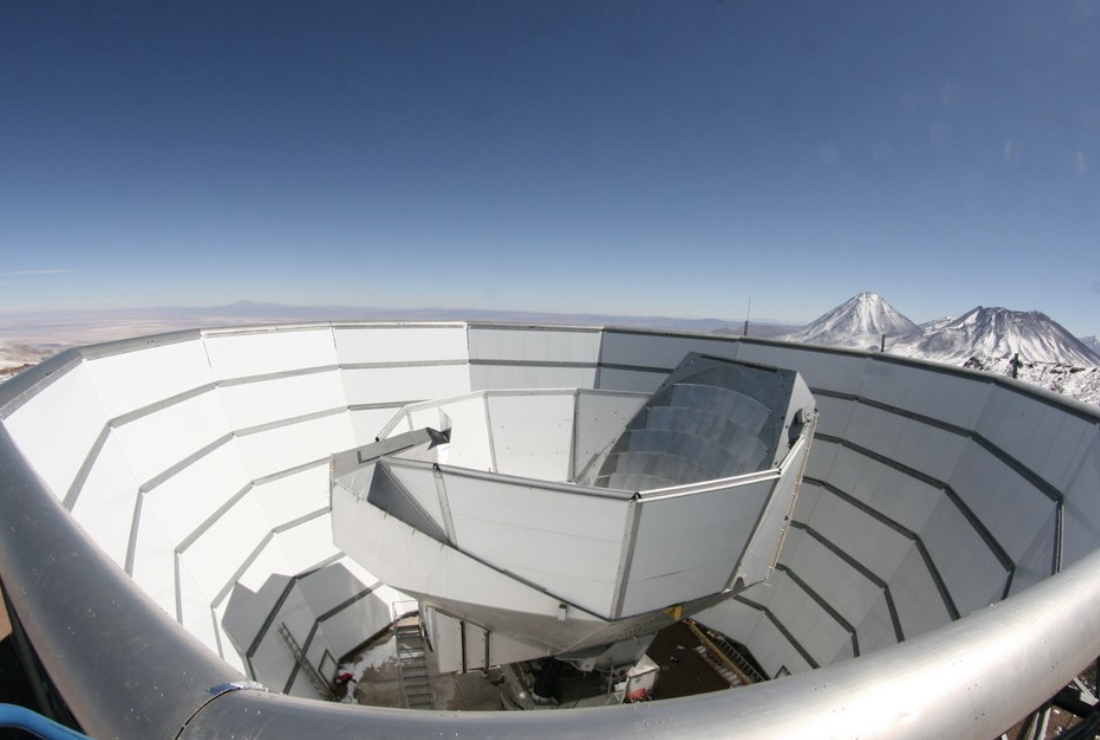

Dark Matter & Dark Energy
Understanding dark matter and dark energy is crucial because they constitute about 95% of the universe's total mass-energy content, yet their nature remains elusive. UC San Diego researchers address this fundamental question through theoretical and observational studies, including statistical analyses of galaxy populations over cosmic time, hydrodynamical simulations, observational programs, and experimental setups for dark matter detection. Image Credit: SLAC National Accelerator Laboratory
Faculty: Steve Boggs, Alison Coil, George Fuller, Dusan Keres, Ethan Nadler, and Shelley Wright
Galaxy Formation & Evolution
Observational studies of nearby and distant galaxies enable UC San Diego researchers to delve into the processes that drive galaxy formation and evolution, as well as the growth and activity of supermassive black holes at their centers. By combining these observations with hydrodynamical simulations and other theoretical work, researchers can model the intricate physics of galaxy formation, including star formation, chemical enrichment and ionization processes, gas dynamics, and feedback mechanisms. These studies contribute to a deeper understanding of cosmic structure and evolution, bridging observational data with theoretical predictions.
Faculty: Floor Broekgaarden, Alison Coil, Dusan Keres, Ethan Nadler, Michael Norman, Karin Sandstrom, and Shelley Wright

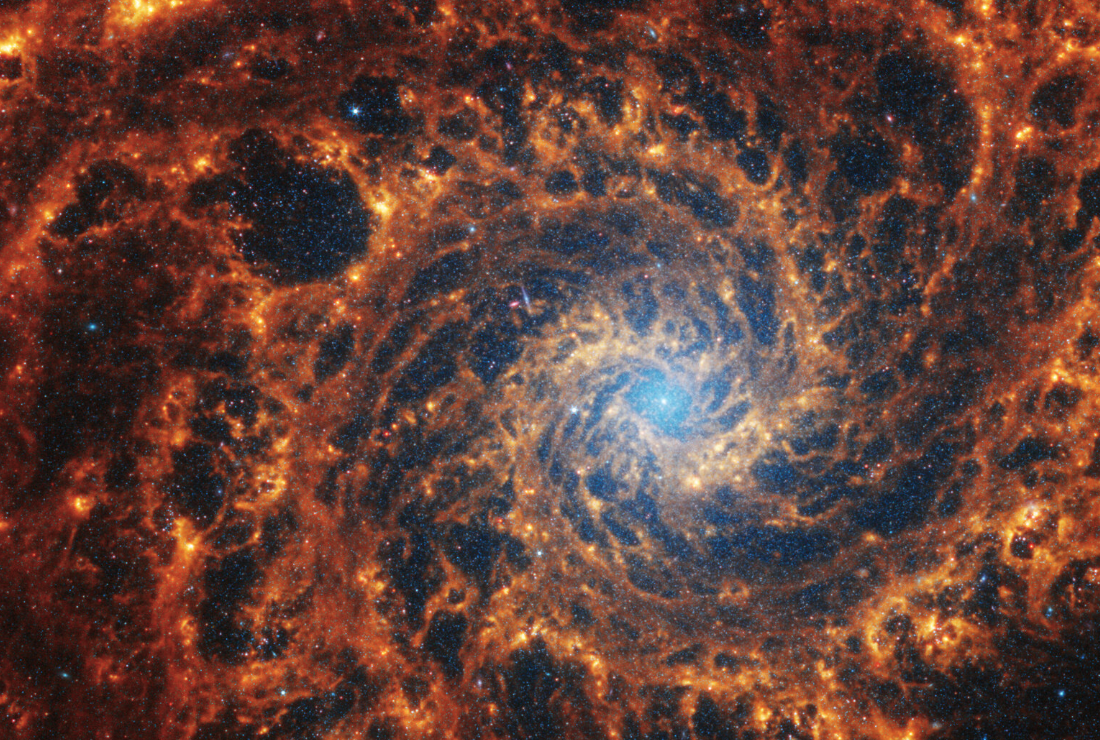
Star Formation & Interstellar Medium
The formation of stars out of interstellar gas drives the evolution of galaxies and sets the conditions for planet formation in the disks around young stars. UC San Diego researchers conduct observations across the electromagnetic spectrum and theoretical investigations to study star formation and the properties of the interstellar medium. High-resolution observations of stars in young clusters with large telescopes enable study of the star formation process up close. Studies of nearby galaxies reveal how interstellar gas is organized across galaxies and how efficiently it can be converted to stars.
Faculty : Quinn Konopacky, Eve Lee, Karin Sandstrom, and Chris Theissen
Stellar Evolution & Processes
Stellar evolution is fundamental to astrophysics. UC San Diego researchers study a wide range of stars and substellar objects, from the coolest to the hottest, as well as the processes and outcomes of stellar death. Their research encompasses the formation and dynamics of stellar systems, the energetics of stellar explosions, and phenomena ranging from brown dwarfs to supernovae and kilonovae. Additionally, time-domain astrophysics plays a key role in observing and understanding transient stellar events. Understanding these stellar processes is crucial for comprehending planetary systems and is essential for exoplanet research at UC San Diego.
Faculty: Steve Boggs, Floor Broekgaarden, Adam Burgasser, George Fuller, Griffin Hosseinzadeh, Kyle Kremer, and Chris Theissen
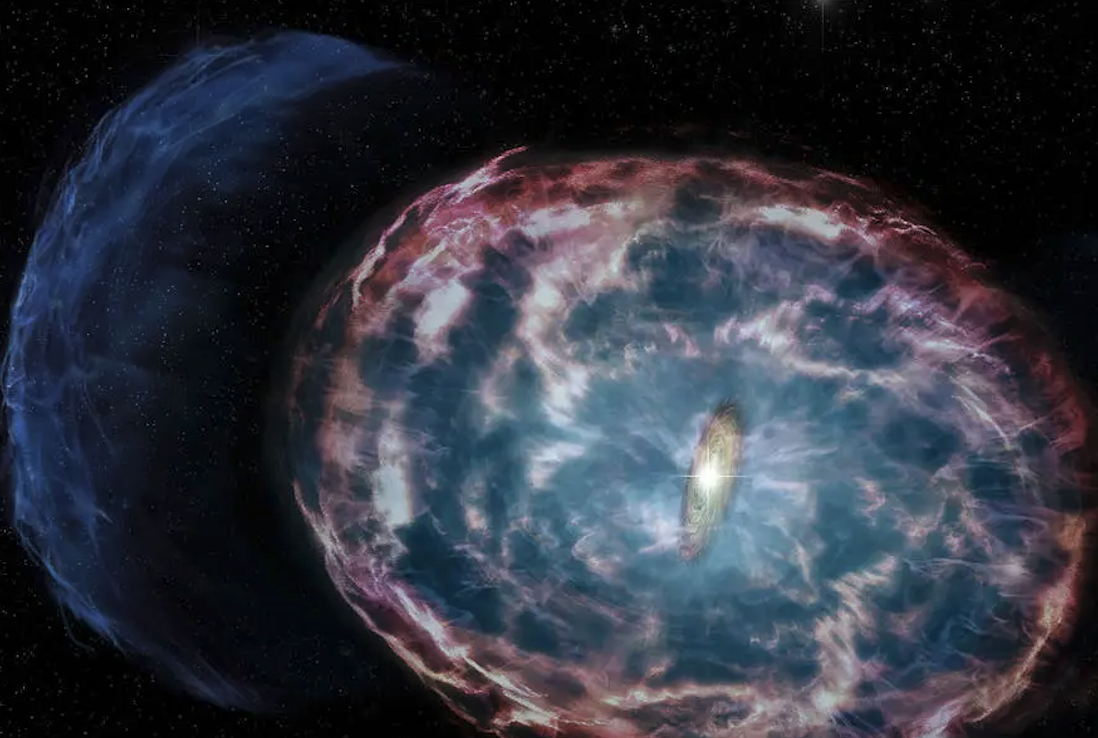
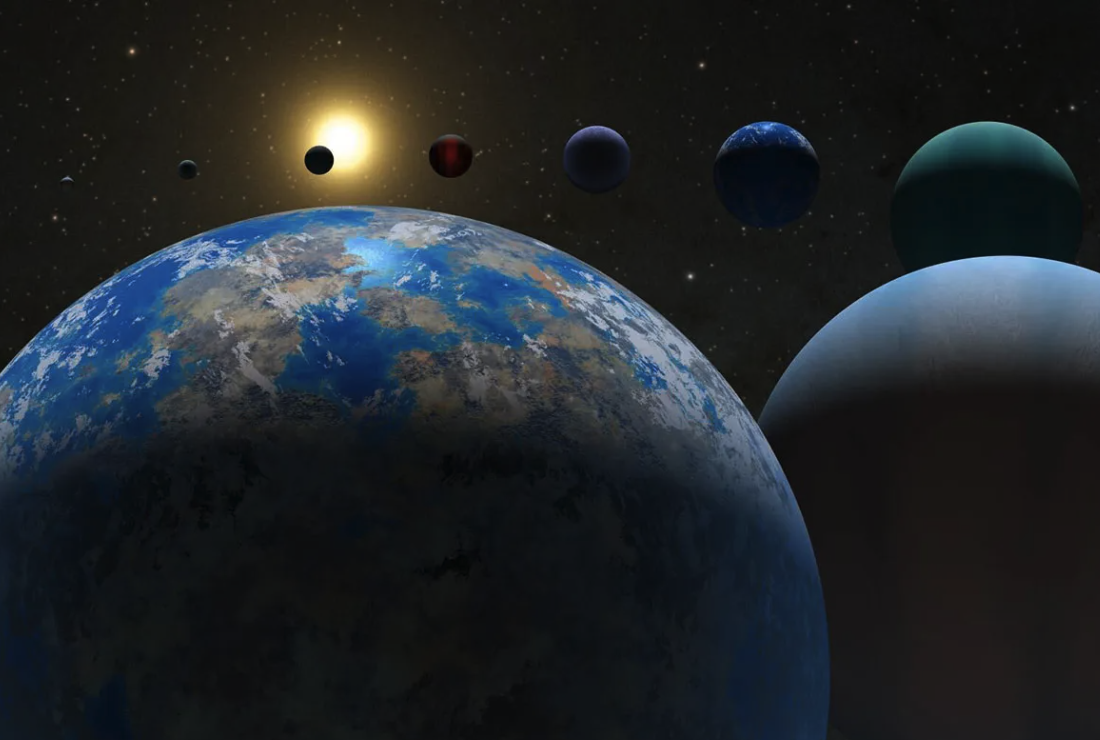
Exoplanets & Planetary Science
UC San Diego researchers use the most advanced observing facilities to discover and/or characterize the nearest stars, brown dwarfs, solar and extrasolar planets; and use large datasets and machine learning methods to study various Galactic stellar populations. They are also at the forefront of theoretical advances in understanding how planets form and evolve, and studying in detail the closest planets and moons—those in our own solar system— as well as searching for potentially habitable worlds.
Faculty: Adam Burgasser. Quinn Konopacky, Eve Lee, Chris Theissen, and Samantha Trumbo
Research Scientists: David Harker, Jerome Maire, Carl Melis, Jean-Baptiste Ruffio
Astrobiology
UC San Diego researchers explore the potential for life beyond Earth by focusing on several key areas. They search for habitable worlds and study the atmospheres of exoplanets to understand their potential to support life. In our solar system, they investigate ocean worlds, such as Europa and other icy moons, which may harbor subsurface oceans of liquid water. Additionally, they are involved in the search for technosignatures—indicators of advanced extraterrestrial civilizations—and the study of potential communication methods with such civilizations.
Faculty: Adam Burgasser, Quinn Konopacky, Chris Theissen, Samantha Trumbo, and Shelley Wright
Research Scientists: David Harker, Jerome Maire, Jean-Baptiste Ruffio
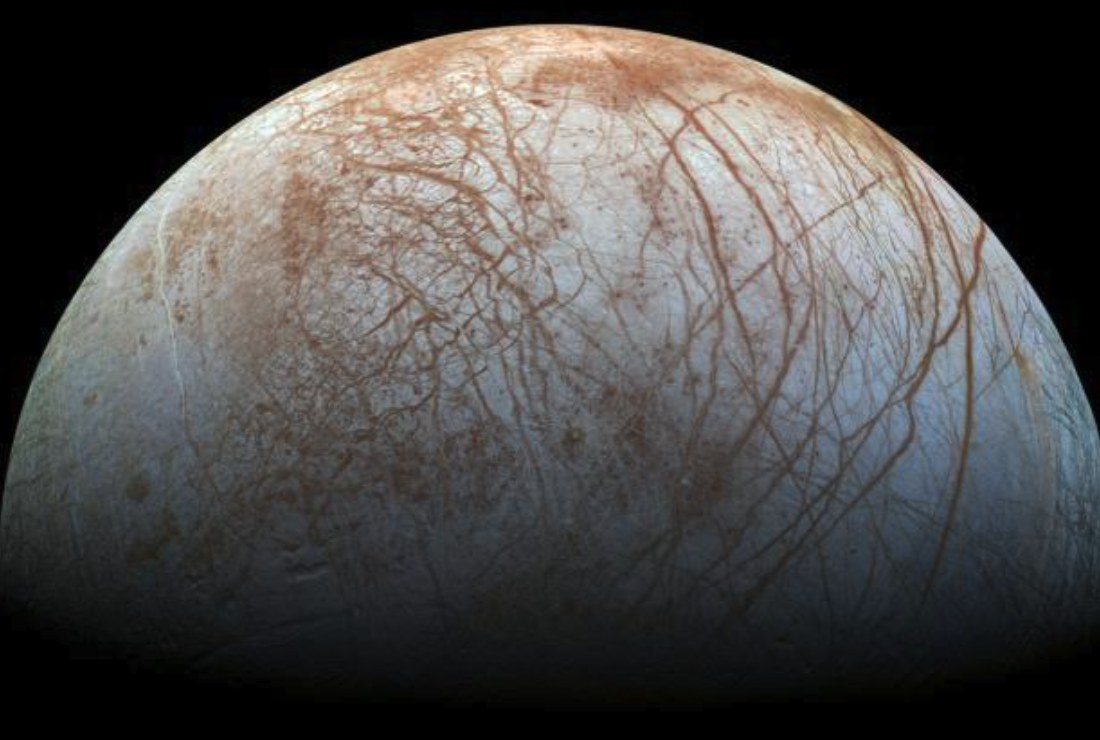
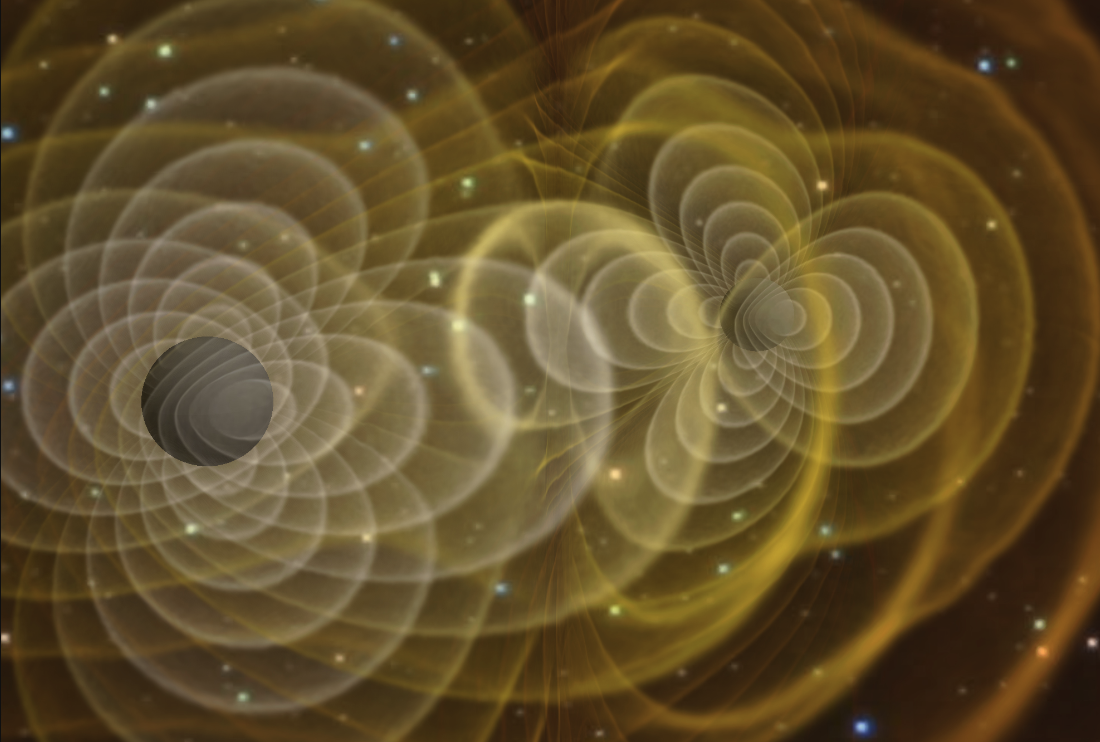
Gravitational Wave Astrophysics
The first detection of gravitational waves by the LIGO observatory in 2015 opened a new frontier in Astronomy. Researchers at UC San Diego are leading efforts in a broad range of GW astrophysics research including understanding the progenitors of stellar-mass black holes and neutron stars, investigating their formation mechanisms and birth environments, investigating new sources of gravitational-waves across different wavelengths, investigating the prospects of future gravitational wave detectors such as LISA, Cosmic Explorer and Einstein Telescope, and observing electromagnetic counterparts of gravitational-wave sources through multi-messenger astronomy. UC San Diego researchers employ both theoretical, numerical, data science, and observational methods to explore the formation of gravitational wave sources across cosmic time and observe their follow-up electromagnetic signals.
Faculty: Floor Broekgaarden, Kyle Kremer, and Griffin Hosseinzadeh
High Energy Astrophysics
High-energy astrophysics is the study of the most energetic phenomena in the universe, focusing on processes that involve high-energy particles, radiation, and extreme environments. UC San Diego researchers study these events through X-ray and gamma-ray observatories as well as numerical simulations, investigating phenomena such as supernovae, black hole binaries, radio pulsars, quasars, and potential signatures from dark matter annihilation.
Faculty: Steve Boggs, Floor Broekgaarden, and Kyle Kremer
Research Scientists: Mikhail Malkov, Jarred Roberts, Richard Rothschild
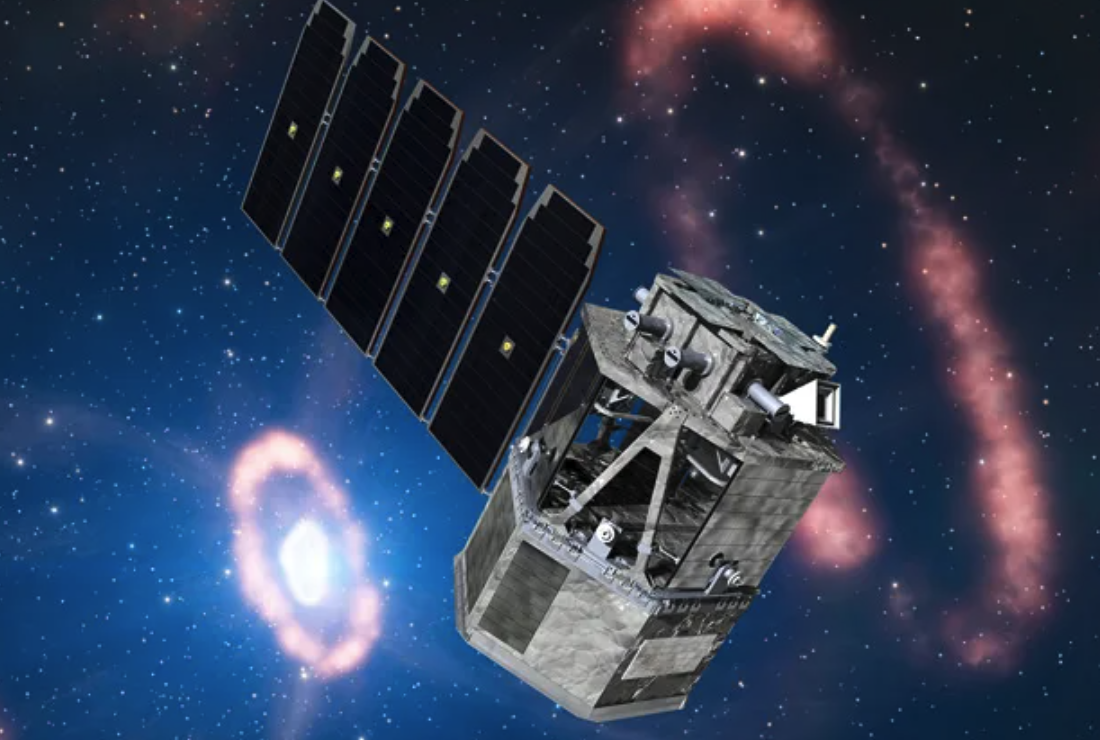

Solar & Plasma Astrophysics
Plasma physics plays a crucial role in astrophysics, as it provides the foundation for understanding the behavior of ionized gasses that make up stars and galaxies and control other cosmic phenomena. UC San Diego researchers conduct theoretical investigations of magnetic dynamos, hydro and magnetohydrodynamics, and turbulent plasma flows, which are essential for explaining astrophysical phenomena such as solar flares, space weather, X-ray binary jets, and accretion disks. Researchers also observe and measure the plasma launched from our Sun in coronal mass ejections using space satellites. Additionally, these studies contribute to the advancement of fusion energy generation, bridging the gap between astrophysical research and practical energy solutions.
Faculty: Pat Diamond and Eve Lee
Research Scientists: Andrew Buffington, Bernard Jackson, Mikhail Malkov, and Rameswar Singh
Astronomical Instrumentation
Researchers at UC San Diego make use of laboratory facilities to design, build, and deploy innovative astronomical instruments that observe the Universe using a range of light detection techniques from radio to optical to gamma-rays. UC San Diego is home to the Experimental Cosmology Laboratory, Optical Infrared Laboratory, High-Energy Astrophysics Laboratory, and Solar Physics/Space Weather Laboratory, as well as a long heritage of instrumentation programs from the 40 years of the Center for Astrophysics & Space Sciences. For further information see Laboratories & Facilities. Image Credit: Sean Goebel (SG Photo)
Faculty: Kam Arnold, Steve Boggs, Quinn Konopacky, David Tytler, and Shelley Wright
Research Scientists: Andrew Buffington, Kevin Crowley, Bernard Jackson, Jerome Maire, and Jean-Baptiste Ruffio


Software, Data Science, Machine Learning and AI in Astronomy
In the next decade many Astronomy fields will enter the Big Data era in Astronomy with observations, simulation volumes, and data rapidly increasing in size and complexity. This growing data world crucially requires that fields transform from a typical focus around small number statistics and individual events to inferring population properties from large, high dimensional, and complex data or simulation volumes to lead new breakthroughs and discoveries. Researchers at UC San Diego are heading this transition by leading novel projects in the development of open software, data science, data visualization, machine learning, statistics, Uncertainty Quantification and Artificial Intelligence methods for Astronomy. Many projects are in close collaboration with members from UCSD’s data science and machine learning institutes including the San Diego Supercomputer Center (SDSC), the Halicioglu Data Science Institute (HDSI), and the new School of Computing, Information and Data Sciences (SCIDS).
Faculty: Floor Broekgaarden, Griffin Hosseinzadeh, Chris Theissen